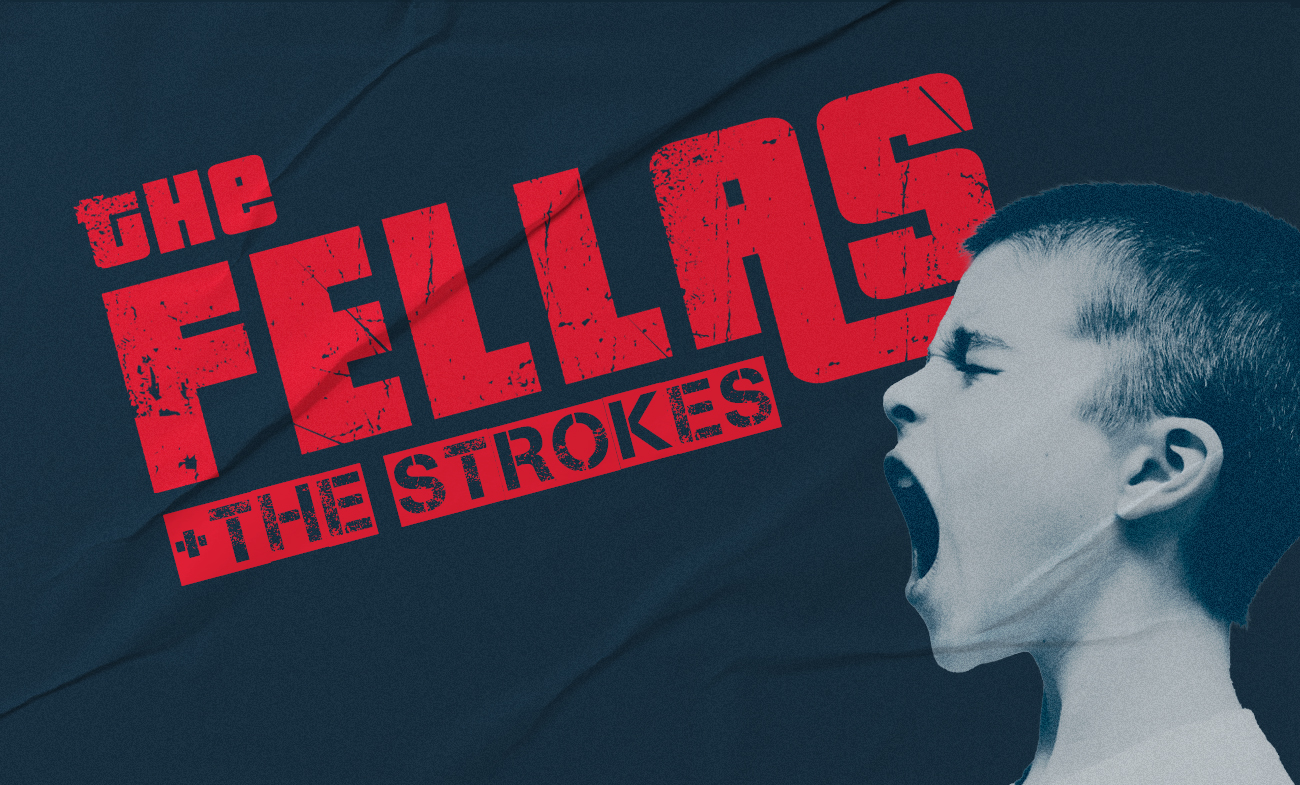
Branding and rebranding, 10 lessons learned
With over 20-years marketing and branding experience, we’ve learned a thing or two from both working within agencies and visual communications businesses, as-well-as heading up branding teams for large corporates. Here are our top tips, learned from a few bumps and scrapes over many years in the branding/rebranding game.
1 Understand the power of a brand. A brand’s value is in how customers perceive them. A strong brand develops a real connection with customers. And, those customers are more likely to buy it, pay more for it, remain loyal, and return to purchase again and again.
Think of Dove and its support of Real Beauty and the way they’ve gone way beyond product characteristics or benefits creating an emotionally engaging and empowering movement. They’ve clearly differentiated from the whole category. Check these out if you haven’t seen them.
2 Authenticity is key. Perceptions can be rocked, even in the most solid brand. Beware – while it takes years to build a strong brand it can be trashed in an instant, particularly in our connected world – think Volkswagen’s famous emissions issues, or more recently Under Armour has been facing extreme pressure from its own sponsored athletes, due to the CEOs comments supporting certain political views and people.
3 Understanding a brand is so much more than a logo, a tagline or an identity system of colour palette, fonts and a photography style guide. It’s your DNA, your purpose, vision, mission and values. It’s a positioning that should carve out a niche in the minds of the customer and market that’s unique and most importantly authentic. And, it’s a rallying point, a true north for your staff. The exemplars are Apple, Nike and Virgin.
4 Recognise that you don’t own your brand, you are merely its custodians. This is really tough to understand but, really, it’s owned in the hearts and minds of your customers and your teams. Their perception of the brand is more important than your reality. You can influence it but can’t fully control it.
5 Get to know your customers. In this customer-centric world, it’s amazing how many decisions are taken in meeting rooms, inside the office and based on a few opinions or dated information, without feeling out customers. What makes them tick? What drives their choices? What language do they use about the market or products? Competitors? So, search for insights! Armed with that understanding you’ll be able to communicate clear and compelling messages to engage your customer. And, to make sure your brand stays relevant.
6 Consistency is key. The brand is a promise to your customers about the business, its people and culture, the products, services and the experience. Today we have so many more channels for engagement. So many touchpoints to engage, surprise and delight and so many opportunities to disappoint. Every touchpoint must be building and enhancing the brand story – in your communications, website, (v)blogs and tweets, in-store, call centre, staff after-sales service keep it consistent – whatever the channel. Think, Red Bull.
#7 Staff Engagement is essential. They are the embodiment of the brand whether that’s teams engaging internally, externally with customers and prospects or with family and friends. Make it simple and easy for them to communicate. If they can’t communicate what you stand for, what hope does the customer have? Make it part of the onboarding process for new team members, help them understand, to get behind it and be an ambassador, because they want to, not as a KPI!
8 On Brand or Off? The brand should act as a touchstone to help with business decisions. Is it on or off brand? Take Virgin, who ask themselves ‘does it have Richardness’ to help stay on track. They won’t enter a market unless they can disrupt it, give more to consumers and do things differently… that’s the Virgin way!
Consider how you’ll decide what’s on or off brand…and keep it simple and easy to communicate.
9 Keep your eye on the prize. We are all time poor, doing more with less. More KPI’s, more competition, more channels and, with less budget, less headcount, less R&D and less genuine unique selling points. While you’re juggling these challenges, pressures of growth, M&A, new product launches or brand extensions or new services can all blur what the brand stands for. Brand custodians must be alert to these drifts and course-correct before they confuse customers and ultimately stand for nothing.
10 Don’t throw the baby out with the bathwater. New management, M&A, new technologies or new products or markets or a brand disaster (Enron/Andersen Consulting anyone? BP’s Deepwater Horizon Rig or FIFA!) can all trigger a review of the brand.
It may well require a Rebrand (revolution) or a Refresh (evolution) to stay relevant. It’s easy to get swept up in the exciting and new but, don’t lose sight of the good stuff, the assets and brand equity developed over many years. Think seriously before consigning them to the bin to make sure there’s a clear rationale and consider the customer’s reaction – think Instagram logo refresh, dropping a well-loved camera image because it was felt out of touch with current audiences.
Or New Coke – sorry we know that’s always trotted out but it is interesting to see how one of the biggest brands in the world can still get something so wrong with all the assets they can bring to the table.
Conclusion
If you have any doubts as to the value and power of brands… try walking into a supermarket and decipher the complex array of milk on offer – full fat, skim, low fat, soy, A2, almond, generic, local…ad nauseam.
In today’s disrupted markets, hyper-competitive sectors and fast-paced world, it is more important than ever to promote, build and consistently maintain your brand, to differentiate from your competitors and give clear reasons to choose you.
But remember… a brand only goes so far. As we’ve seen the perfectly developed brand can be a significant asset. But your product or service needs to deliver and support the promise. No matter how good Nike’s brand work is or how compelling Steve Jobs product launches were, if the product or service doesn’t do what it promises, you’re in a world of pain. A strong brand may earn you a second chance with your customers – think Samsung – but don’t count on it, customers aren’t always forgiving!
So, if the question remains, how do you build a brand that has a strong narrative in an ever-changing world? That’s where we come in. At THiNK Marketing we understand what it takes to build a brand that will be both relevant and enduring. Call us today for a no-obligation conversation about your marketing needs.


